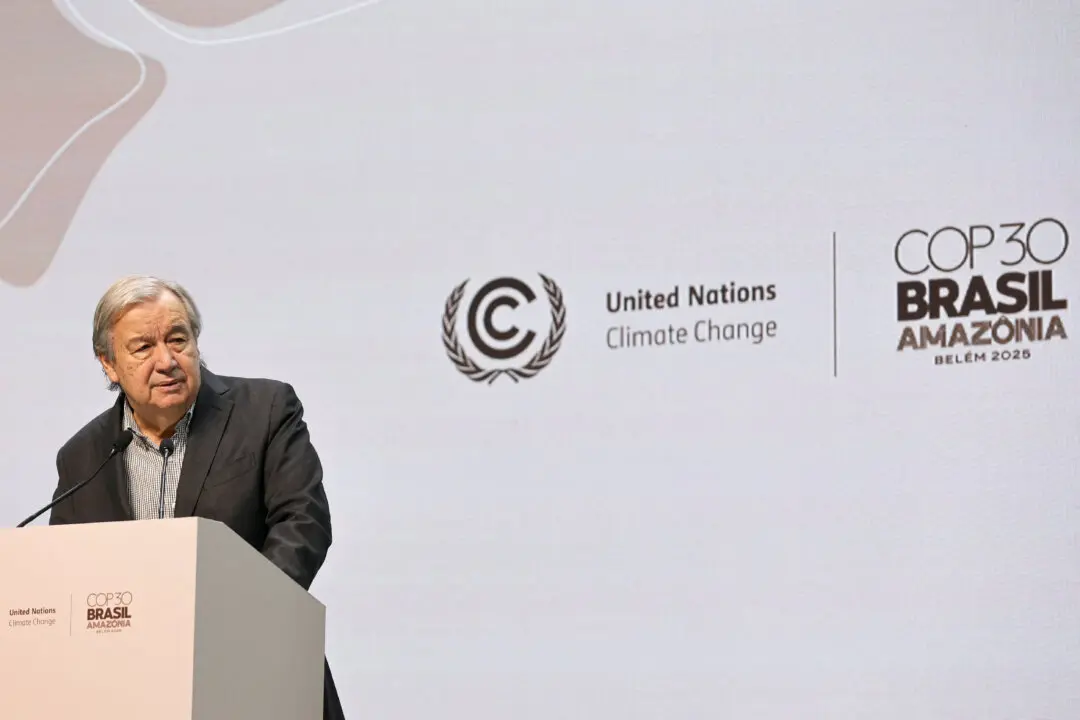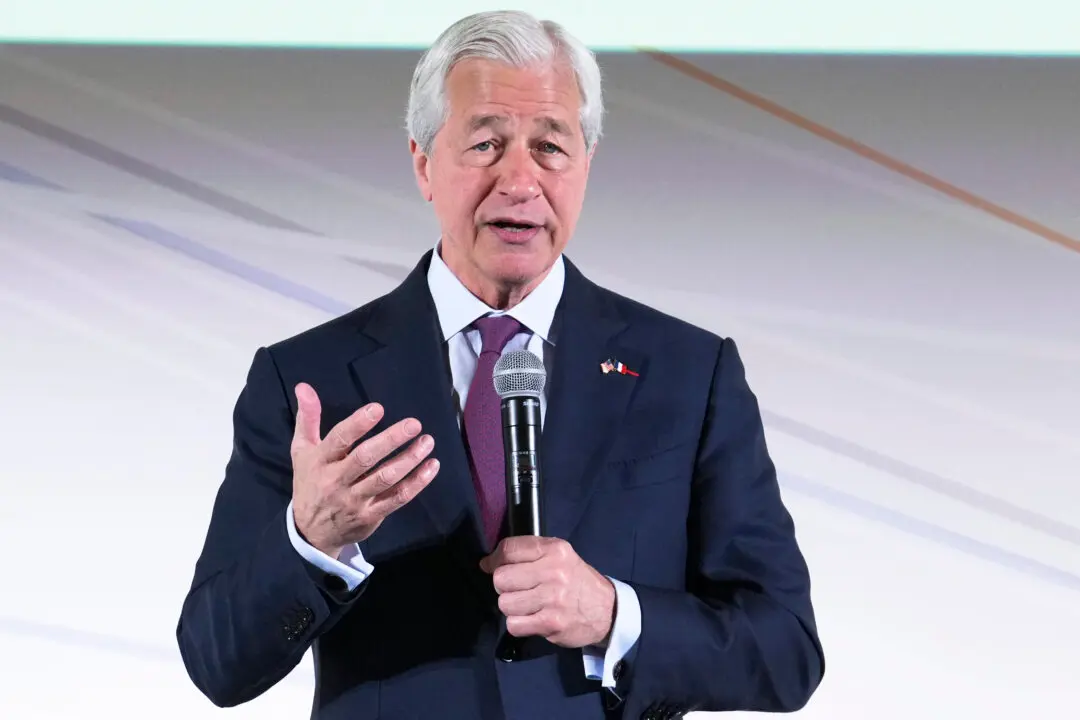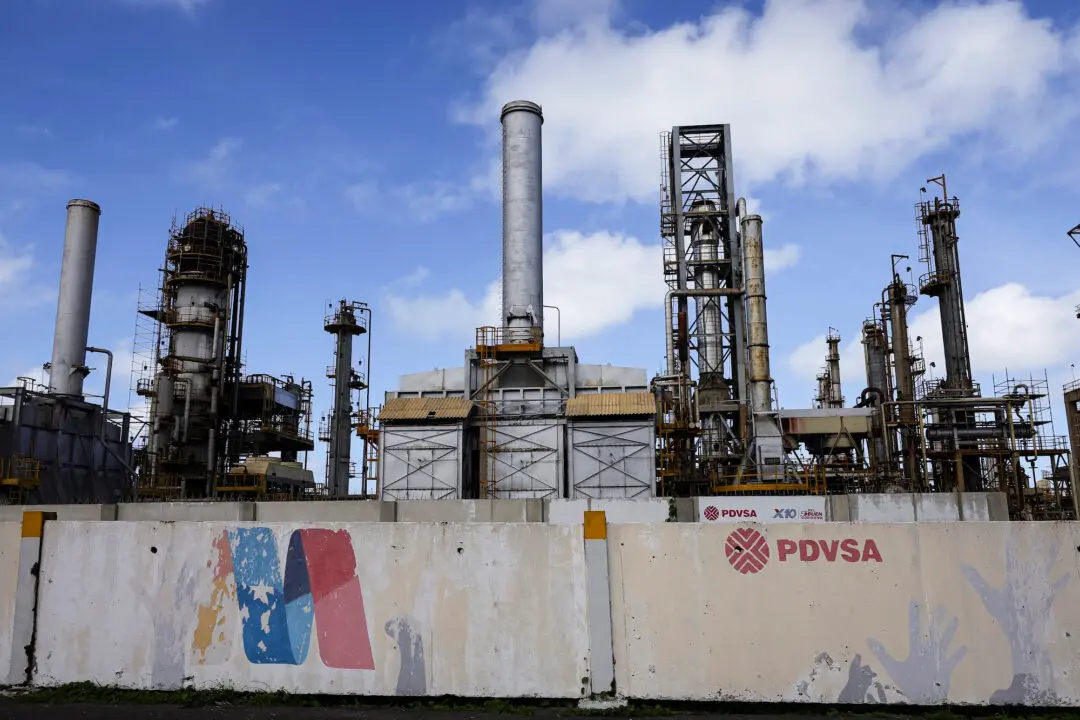In his State of the Union address last week, President Joe Biden declared that he would “finish the job” of what he calls the “incredible transition” from fossil fuels to wind and solar energy.
“The Inflation Reduction Act is the most significant investment ever to tackle the climate crisis,” Biden said, referring to $370 billion in new government spending for renewable energy, which will result in “lowering utility bills, creating American jobs, and leading the world to a clean energy future.”





